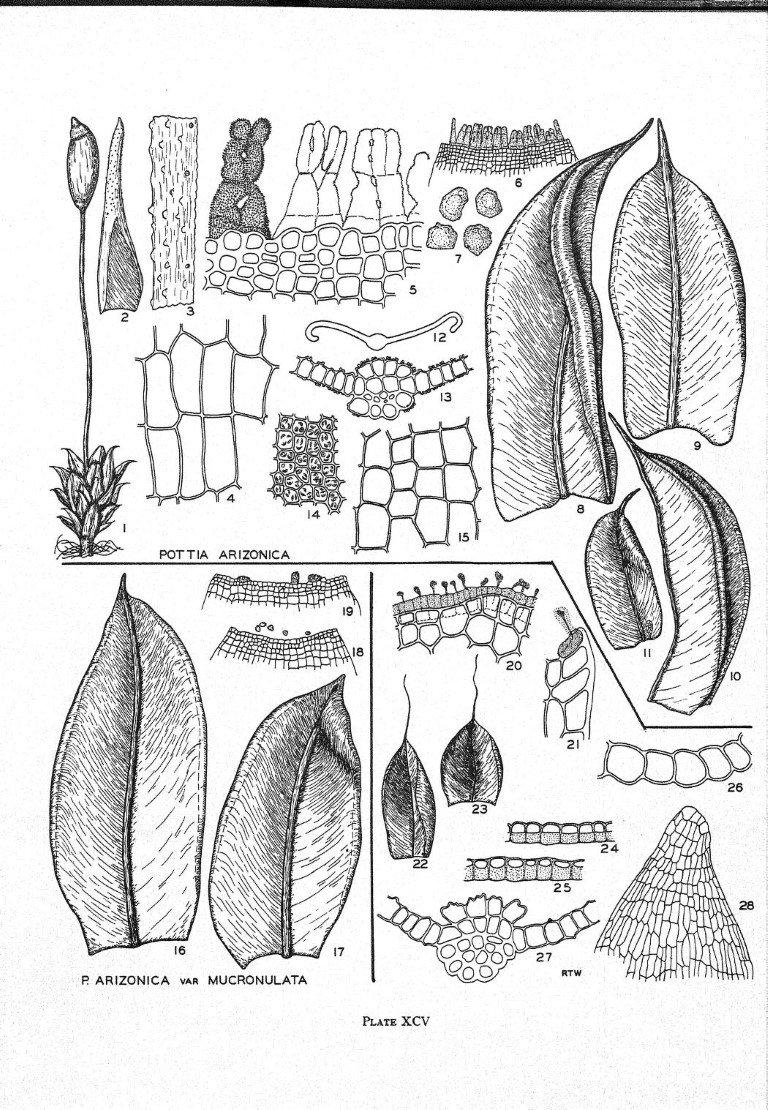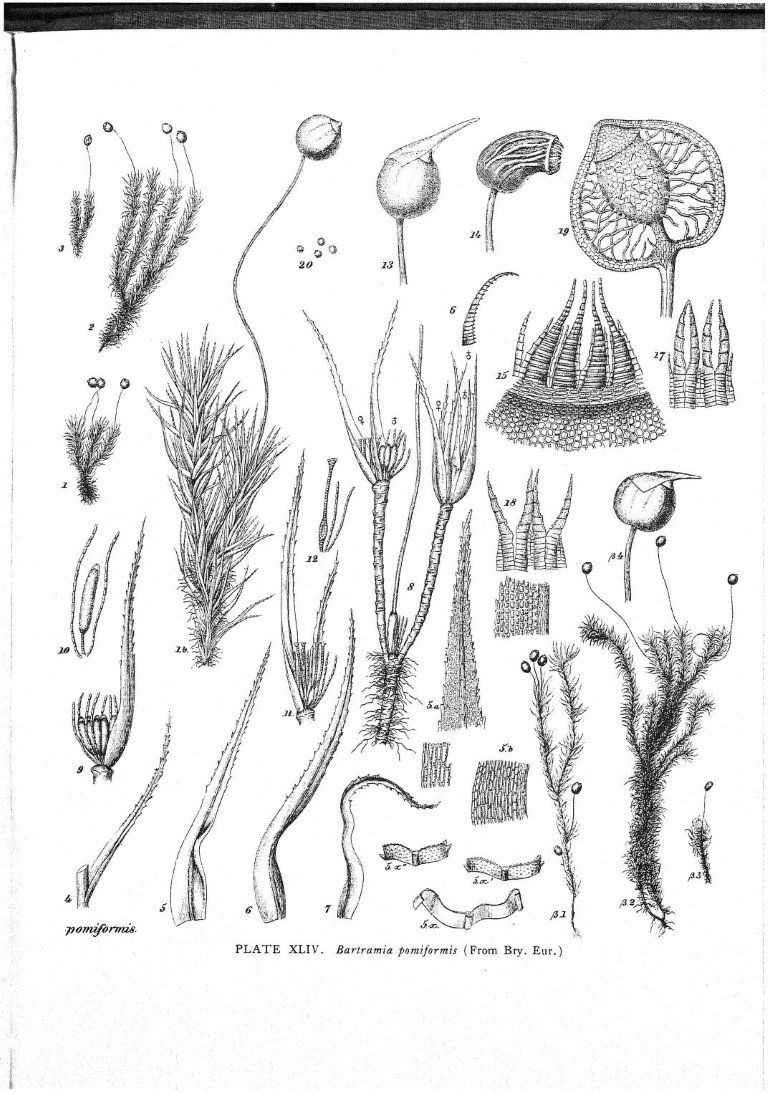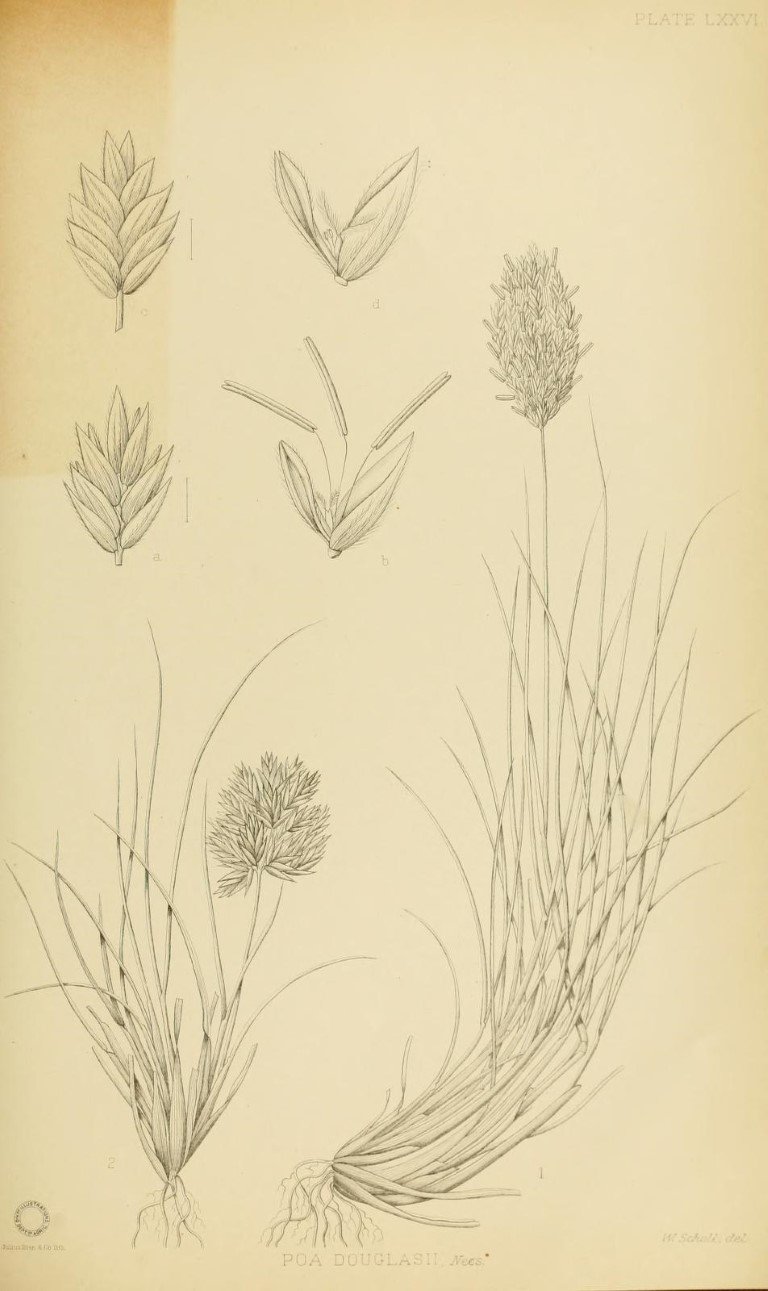Gleanings of the Week Ending March 29, 2025
/The items below were ‘the cream’ of the articles and websites I found this past week. Click on the light green text to look at the article.
How long will you live? New evidence says it’s much more about your choices than your genes - Environmental factors influence health and longevity to a far greater extent than genetics. Environmental factors had the greatest impact on lung, heart and liver disease, while genetics played the biggest role in determining a person’s risk of breast, ovarian and prostate cancers, and dementia. The environmental factors that had the most influence on earlier death and biological ageing included smoking, socioeconomic status, physical activity levels and living conditions.
'The ice melted beneath our feet': The huskies that revealed the rapid shrinking of Greenland's ice - Greenland experienced record ice loss in 2019, shedding a total of 532 billion tones from its giant ice sheet, according to a 2020 study. On average, Greenland loses 234 billion tons of ice per year. What's distinctive about Greenland is how much melting happens on the surface in the summer, because Antarctica doesn’t get anywhere near as much.
Humboldt Penguins on the Edge – Temperate penguins of Chile and Peru. They hunt in the cold, nutrient-rich waters of the Humboldt Current, the world’s largest marine upwelling, that flows a few miles offshore. They are excellent swimmers and deep divers in their pursuit of anchovies and other fish. Humboldt penguins have come back from the edge of extinction before—it will take the continued efforts of local communities, governments and partners to bring them back again.
Study: 'Sustainable intensification' on the farm reduces soil nitrate losses, maintains crop yields - A nine-year study comparing a typical two-year corn and soybean rotation with a more intensive three-year rotation involving corn, cereal rye, soybean and winter wheat, found that the three-year system can dramatically reduce nitrogen -- an important crop nutrient -- in farm runoff without compromising yield.
These Everyday Artifacts Tell the Story of Harriet Tubman’s Father’s Home as Climate Change Threatens the Historic Site – The site is in Blackwater National Wildlife Refuge – the first place I saw a bald eagle in the wild (in the early 1990s). My family visited there many times when we lived in Maryland, and we observed the transition of the marshes to ghost forests and then then open water over the next 30 years. The refuge is obviously changing with rising sea level.
Plastic recycling gets a breath of fresh air - The researchers used a molybdenum catalyst and activated carbon -- both of which are inexpensive, abundant and non-toxic materials. The mixture with PET was heated and, after a short period of time, the chemical bonds within the plastic broke apart. With the tiny bit of moisture from air, the material turned into terephthalic acid (TPA) -- the highly valuable precursor to polyesters. The only byproduct was acetaldehyde, a valuable, easy-to-remove industrial chemical.
This English Burial Site May Be Centuries Older Than Stonehenge - Flagstones, a burial site in Dorset, on the English Channel, may be the earliest known large circular enclosure in Britain. It is a perfectly circular ditched enclosure, with burials and cremations associated with it and may have even served as a prototype for later sites such as Stonehenge, which is located just 45 miles to the northeast. The ditched enclosure was created around 3200 B.C.E., with burials placed in it at that time. The scientists were also intrigued to find that a young man was buried under a large stone at the site fully a millennium later.
Climate change threatens future of banana export industry - It will be economically unsustainable by 2080 for many areas across Latin America and the Caribbean to continue growing bananas for export, because of rising temperatures caused by climate change.
Spring Spectacle: Thousands of Tulips Bloom at One of LA’s Top Gardens – Reminds me that I need to plan a visit to the botanical gardens near where I live in Missouri for tulips soon!
Portraits of women who 'shine a light': from an 'analog' astronaut to a watermelon farmer – Vignettes of women from around the world…what a range of activity!





















































